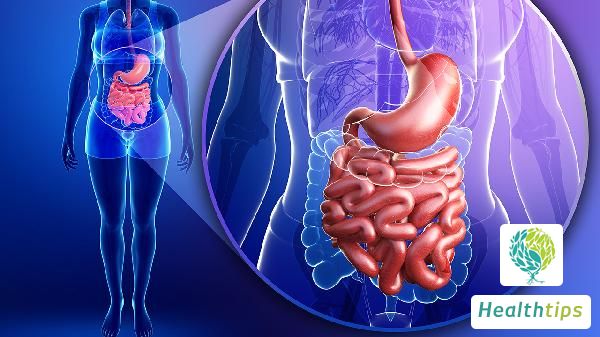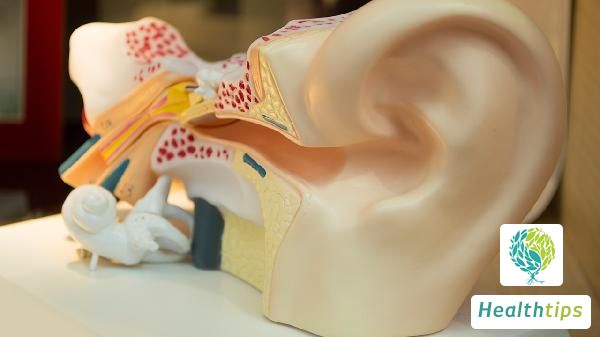Is a cystic mass visible on the right side of the pelvic cavity?
The discovery of a cystic mass on the right side of the pelvic cavity may be related to various causes, typically including ovarian cysts, endometriosis, or other reproductive organ abnormalities. It is recommended to immediately consult a gynecologist for a definitive diagnosis and personalized treatment. The nature of the mass and associated health risks require comprehensive assessment through imaging studies and laboratory tests. Do not self-diagnose or delay treatment.

1) Common Causes Analysis
The most common cause of a cystic mass on the right side of the pelvic cavity is an ovarian cyst. Ovarian cysts are mostly benign and can form due to corpus luteum cysts, unruptured follicular fluid accumulation, or pathological conditions such as polycystic ovary syndrome. Endometriosis may also lead to the development of chocolate cysts of the ovary, presenting as cyclic pain or increased menstrual flow. Infectious diseases, such as fluid accumulation or abscesses due to pelvic inflammation, can also manifest as cystic masses. In rare cases, growth of malignant tumors should also be guarded against.
2) Importance of Medical Examinations
To determine the nature of a cystic mass, early and comprehensive examination is crucial. Common imaging methods include ultrasonography (transvaginal or abdominal ultrasound) to assess the size, shape, and boundary clarity of the mass, and even color Doppler ultrasound can be used to detect internal blood flow. If the situation is complex, further magnetic resonance imaging (MRI) may be used for definitive diagnosis. Additionally, blood tests such as CA125 and HE4 tumor markers can be used to rule out malignancy. When necessary, a biopsy may be performed to obtain tissue samples for pathological evaluation.
3) Treatment Options
The treatment plan depends on the nature, size of the mass, and the patient's symptoms. Functional cysts often require no specific treatment and may resolve spontaneously within the menstrual cycle, with regular follow-up and review sufficient. Pathological cysts or persistently enlarging cystic masses generally require surgical intervention, such as ovarian cystectomy or oophorectomy (with ovarian function preservation in younger patients when possible). If the cystic mass is caused by endometriosis, hormonal therapy (such as oral contraceptives, GnRH agonists) combined with surgery may be used.
4) Diet and Lifestyle Optimization
After discovering a cystic mass, patients can improve their physical condition through a healthy diet and regular sleep patterns. For example, avoid high-fat and high-sugar foods, increase intake of fruits and vegetables rich in antioxidants such as tomatoes and blueberries, and supplement with Omega-3 fatty acids from fish in moderation to reduce inflammation. Engaging in moderate daily exercise such as brisk walking or yoga can promote systemic circulation and enhance immune function. For the diagnosis and treatment of cystic masses on the right side of the pelvic cavity, timely diagnosis is the primary task. Once diagnosed, active treatment should be initiated under the guidance of a professional medical team, with emphasis on daily health management to prevent disease progression.



















